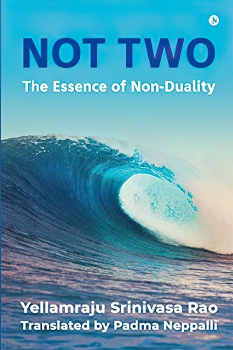Q: According to Advaita, God is ONE, and manifestations are many. The term ‘God’ is also called ‘Consciousness/Awareness’. It is a fundamental principle that there is nothing beyond Consciousness; everything arising from Consciousness is Consciousness only. Dualities such as good-bad are not found in Consciousness.
If all this is the case, can the virus COVID-19, which is shaking the world, also be termed as ‘Consciousness’?
A: Yes indeed – the substantial reality of Covid is also Consciousness, since there is only Consciousness. It is like the metaphor – bangle, chain and ring are all only gold.
But in the empirical reality of the world, the form of Covid brings disease whereas the form of vaccination brings protection from disease. No real problem – Consciousness is not affected by any of it!
Q: Thank you very much for your reply. However I have the grievance that I, the individualized spirit, cannot stop worrying about the distress caused practically , even though my ego mind is convinced with the theory of Advaita.
How can I reconcile the practical difficulties which I face with the teaching of advaita? What you have stated is only based on Advaita theory. I am badly hit by the above disease. Please advise.
Continue reading
